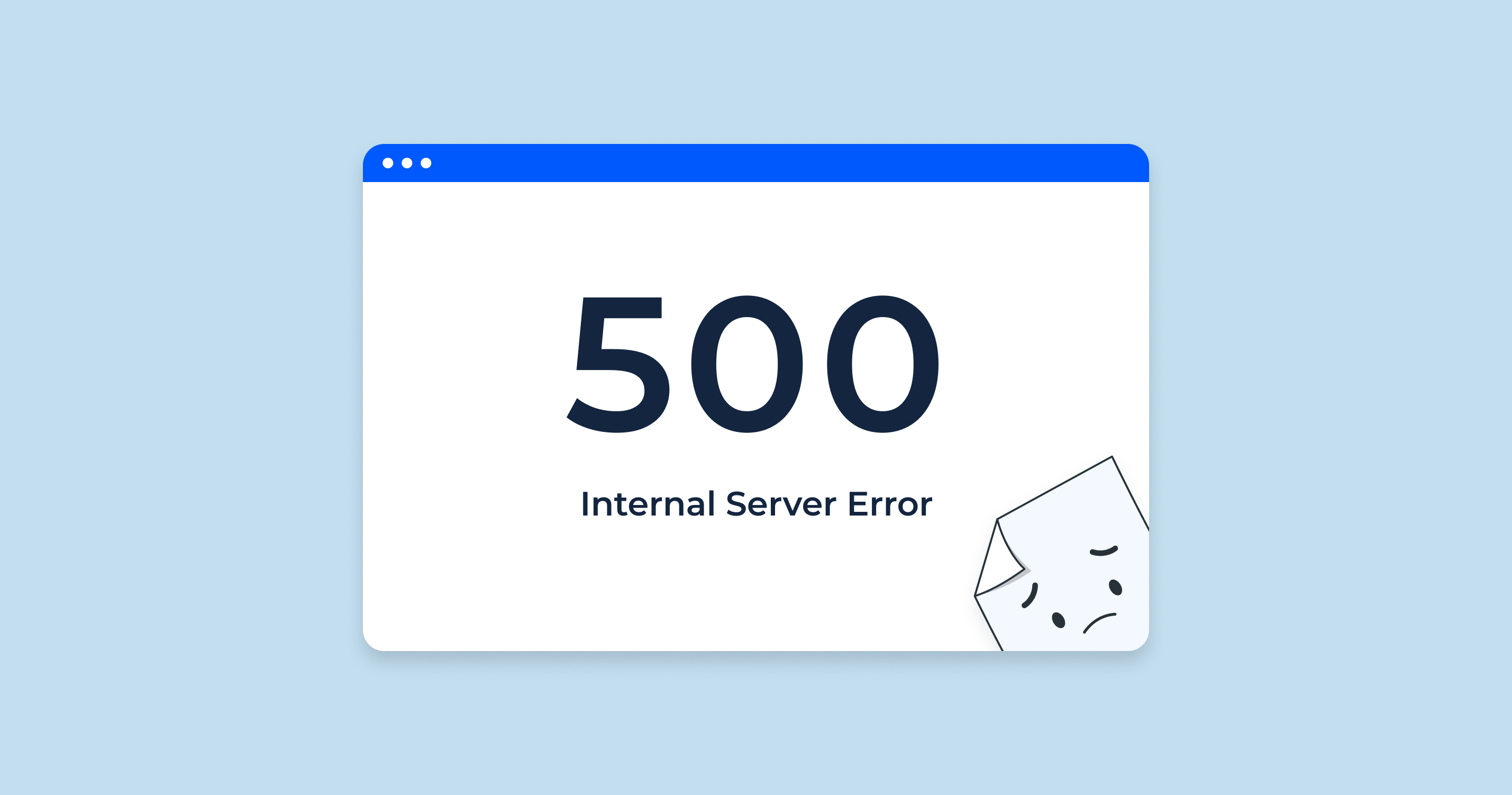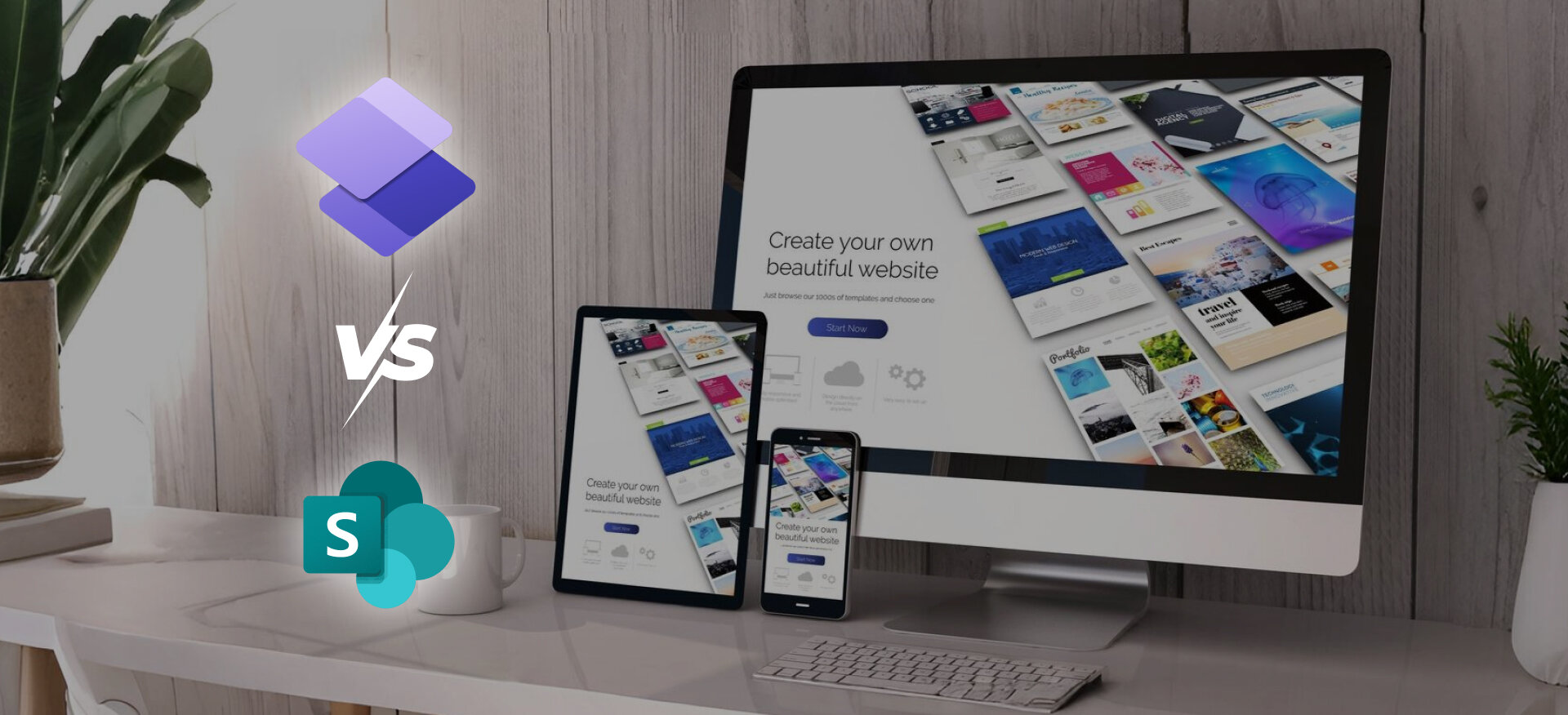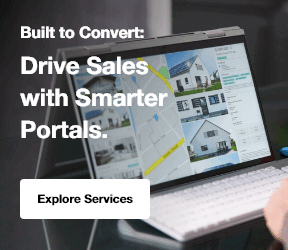Good website navigation is the backbone of an intuitive user journey, guiding visitors seamlessly to the information or products they seek. A well-designed navigational menu not only reduces bounce rates but also fosters engagement, builds trust, and directly impacts conversion rates. In this article, we’ll explore key principles of navigation design, types of website navigation, and real-world website navigation examples that exemplify easy navigation.
Whether you’re revamping your site’s navigation structure or implementing your first ui navigation system, these website navigation best practices will ensure you deliver an exceptional user experience. We’ll integrate insights on enterprise content management, the Impact of Mobile SEO Optimization, and how predictive seo can inform your navigation decisions. Additionally, logo design services can be an integral part of your navigation strategy, ensuring that your brand’s visual identity is seamlessly integrated into the navigation menu for a consistent and memorable user experience.
What is Navigation UX?
Navigation UX (User Experience) refers to how effortlessly users can find the content they need through your site’s navigation bar design, website menu, and search features. At its core, navigation UX blends usability and information architecture to reflect the way real people think. Key components include logical grouping of links, clear labeling, and consistent placement of primary menus.
A strong navigation structure helps visitors understand site hierarchy at a glance, while elements like breadcrumbs and search inputs bolster discoverability. In the era of predictive seo, anticipatory design, where the navigation menu evolves based on user behavior plays an increasingly vital role. Crafting a seamless ui navigation not only alleviates frustration but also elevates overall satisfaction, setting the stage for deeper engagement and loyalty.
6 Website Navigation Best Practices for Seamless User Experience
Implementing website navigation best practices ensures users can move through your site effortlessly. Here are six proven tips to optimize your navigation UX, from auditing your structure to prioritizing mobile accessibility.
Improving navigation UX begins with auditing your current navigation structure: identify popular entry points using analytics, remove outdated links, and prioritize high-traffic sections. Next, streamline your main menu by limiting top-level items to 5–7 choices, reducing decision paralysis. Test different layouts, horizontal vs. vertical navigation, and gather user feedback to refine placement and labeling. Working with UX/UI specialists can help you ensure that your navigation remains user-friendly and intuitive, adhering to best practices for website design.
Incorporate a sticky header to keep the menu accessible during scrolling. Offer a site search input within the navbar for power users and accessibility-focused visitors. Finally, leverage A/B testing to compare variations, ensuring your website navigation evolves based on real user behavior rather than assumptions.
1. Mobile Navigation UX
As mobile devices account for over half of global web traffic, optimizing mobile navigation UX has become indispensable for modern websites. A responsive, touch-friendly menu ensures that users can effortlessly reach key sections, whether they’re browsing your latest blog post or making a purchase without frustration. Mobile navigation patterns must balance discoverability with screen real estate constraints, leveraging familiar gestures like swiping and tapping.
2. Prioritize Mobile Navigation
With mobile traffic surpassing desktop, optimizing mobile navigation UX is critical. Simplify menus by collapsing submenus into accordions, ensuring each tap leads to clear destinations. Use larger touch targets and maintain adequate spacing to avoid accidental clicks. Consider a bottom-navigation bar on mobile, a pattern popularized by native apps, to keep primary actions within thumb’s reach, a key aspect of designing web navigation, optimizing the user experience.
3. Use Attractive Calls to Action
On mobile, your navigation menu should highlight primary CTAs like “Contact Us” or “Shop Now” through distinct styling. Floating action buttons (FABs) can promote key tasks while minimizing clutter.
4. Consistency
Maintain consistent navigation patterns across pages and breakpoints. Elements like menu icons, fonts, and animation speeds should remain uniform, reinforcing user familiarity and reducing learning curves, in line with global navigation best practices.
5. Include Search Functionality
Embed a prominently placed search icon that expands into a full-field input upon tap. This empowers users who prefer direct queries, aligning with predictive seo principles by anticipating search-driven navigation behaviors, a key seo navigation best practice.
6. Use Descriptive Labels
Choose clear, specific labels for menu items to set expectations. Avoid vague terms; opt for "Contact Support" over "Help." This aids users and SEO by including keywords in links.
Why is Navigation Design So Important?
Effective navigation design does more than help users click through your pages it shapes their perception of your brand’s credibility and competence. When visitors land on your homepage, a clear website navigation bar encourages them to explore further, reducing exit rates and boosting session duration. This translates directly into improved SEO signals: lower bounce rates and higher page depth tell search engines that your site is valuable and user-friendly. These are key seo navigation best practices that enhance both user experience and search performance.
Moreover, good navigation builds confidence by reflecting brand identity through consistent style, color, and typography. It communicates that you understand user needs and value their time. Ultimately, navigation design underpins every interaction, guiding users from discovery to conversion while reinforcing the benefits of seo and aligning with modern Digital Marketing services strategies.
1. Enhances Understanding
A well-structured website navigation design guides users through your content hierarchy, making complex information digestible. By grouping related pages under clearly named categories such as “Products,” “Resources,” and “About Us” you help visitors develop a mental map of your site. This navigation structure reduces cognitive load and prevents users from feeling lost. Incorporating visual cues like dropdown menus, icons, and color highlights reinforces understanding. These are core components of website design best practices that ensure clarity and usability.
2. Builds Confidence
First impressions matter? an intuitive website navigation design conveys professionalism and trustworthiness within seconds. Visitors equate polished, consistent website menus and clear labels with a brand that cares about its users. When your navigation bar is responsive and functions flawlessly across devices, be it desktop, tablet, or mobile, it reassures users that they will encounter no surprises.
Incorporating accessibility standards, such as keyboard navigation and ARIA attributes, further signals inclusivity and attention to detail. Confidence gained through seamless ui navigation often translates into higher conversion rates, whether that’s signing up for seo Services or booking a consultation for B2B Marketing service.
3. Provides Credibility
Credibility in the digital realm hinges on reliability, and nothing undermines that faster than a broken link or confusing menu. Consistency in your navigation bar design, from font choices to hover states, reinforces a cohesive brand identity. Strategic placement of trust signals (certifications, client logos) near your primary navigation can subtly boost legitimacy as users explore.
By adhering to established navigation UX conventions such as placing the main menu at the top or using a breadcrumb trail you align with user expectations formed by leading websites across industries. This alignment reduces friction and builds the perception that your site is both modern and authoritative, adhering to navigation best practices.
4. Reflects Your Brand
Navigation isn’t merely utilitarian; it’s an extension of your brand voice. Choosing a bold, full-width navigational menu with custom animations might suit a creative agency, while a minimalist, left-aligned vertical navigation could align with a professional services firm. Whether you opt for a classic horizontal navigation bar design or experiment with the spotlight pattern, ensure that styling decisions, colors, typography,and animations cohere with your brand guidelines.
Subtle touches, like custom icons for each top-level category, can inject personality while maintaining clarity. Remember, every interaction with your navigation menu reinforces brand perception and contributes to a memorable user experience, aligning with website design best practices.
5. Tells Users Their Location
Effective navigation structure continually orients users within your site’s architecture. Breadcrumbs, progress indicators, and highlighted current-menu states communicate where visitors are at any given moment. For complex sites like those managed under enterprise content management systems, breadcrumbs prove indispensable, enabling users to backtrack easily without feeling disoriented.
For instance, e-commerce sites leveraging ecommerce seo audit checklist tools often nest product categories deeply; breadcrumbs help users traverse categories without losing context. Clear location cues not only streamline journeys but also encourage exploration deeper into your site, supporting navigation ux best practices.
6. Supports Accessibility
Inclusive design mandates that your website navigation functions smoothly for users with diverse abilities. Implementing semantic HTML for menus, ensuring proper focus states, and providing skip-to-content links are baseline requirements. Additionally, offering search functionality within navigation especially for content-rich sites empowers users who rely on screen readers or keyboard navigation.
A responsive, touch-friendly navigation bar design ensures that mobile visitors enjoy the same level of access as desktop users, aligning with the Impact of Mobile SEO Optimization best practices. Prioritizing accessibility fortifies your brand reputation and extends your reach to a broader audience, a key aspect of designing web navigation, optimizing the user experience.
7. Improves User Retention
When visitors can locate desired content quickly, they’re more likely to return. A strategic website navigation design that surfaces popular sections like resources, case studies, or blog encourages repeat visits. Some sites incorporate personalization, recommending content based on previous interactions, to keep users engaged. By utilizing UI UX Audit solutions to analyze user behavior and refine website menus, you can ensure that your website evolves to meet user preferences and provide a seamless experience that drives long-term retention and loyalty.
Even simple optimizations like sticky headers or mini navigation bars that appear as users scroll reduce friction. By continually analyzing user behavior through predictive seo and seo data analysis, you can refine menus to reflect evolving interests, ensuring long-term retention and loyalty, in line with navigation best practices.
8. Enhances SEO
Search engines reward user-friendly sites. A clear navigation bar design improves crawlability by making internal links easily discoverable by bots. Logical categorization and descriptive menu labels enrich anchor text diversity, bolstering keyword relevance across your site. Integrating predictive seo insights helps you prioritize high-value pages in your primary navigation, signaling their importance to search engines, a cornerstone of seo navigation strategies.
Additionally, reducing click depth, ensuring critical pages are no more than two or three clicks from the homepage, enhances indexation efficiency. This synergy between navigation and SEO underpins sustainable organic growth, reinforcing the benefits of seo across your digital presence.
6 Common Types of Navigation Patterns
Websites employ a variety of navigation patterns to guide users effectively through content, each suited to different site structures and user needs. From the compact efficiency of a hamburger menu on mobile devices to the hierarchical clarity of vertical navigation panels, these patterns determine how quickly visitors locate desired information. Interactive models like tooltip and spotlight search overlays enhance discovery by revealing deeper options on demand, while breadcrumbs and strategically placed call-to-action buttons reinforce orientation and drive conversions.
1. Hamburger Menu
The hamburger menu condenses navigation into a compact icon, preserving screen real estate, especially on mobile devices. While it streamlines the UI, overuse can hide critical links and reduce discoverability. Best practice: reserve hamburger menus for secondary or tertiary site areas, and always accompany them with clear labels and icon animations.
For website navigation examples, news sites like The New York Times use hamburger menus on mobile to hide full options until tapped, keeping the screen clean.
2. Vertical Navigation
A vertical navigation layout places links along the left or right side, ideal for content-heavy sites requiring deep hierarchies. It offers ample space for descriptive labels and submenus. When implemented responsively, vertical navigation elegantly shifts to an overlay or collapsible panel on smaller screens, aligning with global navigation best practices.
As one of the website navigation examples, dashboard tools like Google Analytics apply vertical navigation on the left for quick access to reports and settings.
3. Tooltip Pattern
The tooltip pattern reveals additional context such as page summaries or sub-links when users hover over or click on menu items. This interactive approach enriches user understanding but requires careful performance tuning to ensure smooth animations and accessibility support, a key aspect of navigation ux best practices.
In website navigation examples, e-learning platforms like Coursera show tooltips on course categories to give quick previews without full clicks.
4. Spotlight Pattern
Inspired by macOS Spotlight, the spotlight pattern utilizes a search-centric overlay that enables users to jump directly to pages, content, or site features via fuzzy search. It’s powerful for large-scale sites where keyword-driven discovery outpaces traditional menus, enhancing website navigate efficiency.
Government portals like USA.gov use spotlight patterns for fast searches across vast content.
5. Breadcrumbs
Breadcrumbs display a hierarchical trail of visited pages, reinforcing site structure and enabling quick backtracking. Particularly valuable on content-rich platforms managed via robust enterprise content management, breadcrumbs improve both UX and SEO by providing internal linking signals, a core component of seo navigation.
Retail sites like Walmart show breadcrumbs on product pages, such as Home > Electronics > TVs, as clear website navigation examples.
6. Call-to-Action Button
Embedding a prominent call-to-action button such as “Get a Quote” or “Start Free Trial” directly in your navigation menu drives conversions by giving visitors a clear next step. Ensure this element contrasts visually and remains visible across breakpoints, aligning with website navigation best practices.
3 Additional Navigation Patterns
To round out common approaches, here are more patterns often seen in website navigation design.
1. Top Menu
The top menu sits horizontally at the page top, usually with the logo left and links right. It acts as the main entry for key pages. Most users look here first, making it standard for simple sites.
For instance, Apple's site uses a clean top menu for products and support.
2. Footer Menu
Footer menus appear at the bottom, repeating main links or adding extras like privacy policies and contact info. They help users who scroll down.
Amazon's footer organizes links into categories for easy access.
3. Sidebar
Sidebars run vertically on page sides, often for filters or related content on blogs or shops.
WordPress blogs frequently use right sidebars for categories and archives.
Website Structure Examples
Website structure refers to how pages link and are organized, forming the backbone for navigation. Flat structures suit small sites with few pages, while hierarchical ones fit larger ones with categories and subpages.
One website structure example is a tree-like setup: Homepage at top, then branches to About, Services, Blog, each with subpages. News sites like BBC follow this, with sections for World, UK, and Business.
Another is hub-and-spoke: The Central hub page links to spokes. Recipe sites like Allrecipes use a main category hub linking to individual recipes.
These structures support better website navigate flows and SEO by clarifying page relationships.
FAQs
What are the three main types of website navigation?
The three primary types are global navigation (site-wide menus), local navigation (contextual links within sections), and supplemental navigation (breadcrumbs, footer menus). Each serves distinct user needs from broad site exploration to granular content access in a cohesive navigation structure.
What makes good website navigation?
Good navigation is clear, consistent, and concise. It employs intuitive labels, minimizes top-level items to avoid overwhelm, and supports accessibility standards. A combination of visible menus, breadcrumbs, and search ensures multiple discovery pathways for diverse user preferences, aligning with website navigation best practices.
What is primary and secondary navigation in UX?
Primary navigation encompasses the main menu items displayed prominently, typically across the top or side, guiding users to major site areas. Secondary navigation appears within specific sections (e.g., submenus or sidebar links), offering deeper context and content pathways without cluttering the main menu.
What are the 4 types of navigation?
Common classifications include linear navigation (step-by-step flows), hierarchical navigation (tree-like menus), global navigation (site-wide), and local navigation (within sections). Each type addresses different user journeys, from guided processes to comprehensive site overviews.
How to make a website easy to navigate?
Start by simplifying your navigation structure, limiting menu items, and using plain-language labels. Implement responsive, touch-friendly menus, include a search option, and employ breadcrumbs for depth. Regularly audit analytics to remove dead links and optimize menu placement based on user behavior. For small businesses, web design services for small business can help you implement these navigation best practices to enhance usability and user experience.
Conclusion
Prioritizing website navigation is vital for delivering a seamless user experience that boosts engagement, trust, and conversions. By embracing website navigation best practices from clear navigation bar design and robust navigation structure to responsive mobile patterns and predictive insights you equip your site to meet evolving user expectations.
Integrating predictive seo data empowers you to anticipate user needs and continuously refine navigation. Ultimately, a thoughtful navigation UX not only guides visitors but also signals search engines that your site is authoritative and user-centric. Implement these best practices for website design to transform your navigation into a competitive advantage that fosters loyalty, drives traffic, and accelerates growth.







